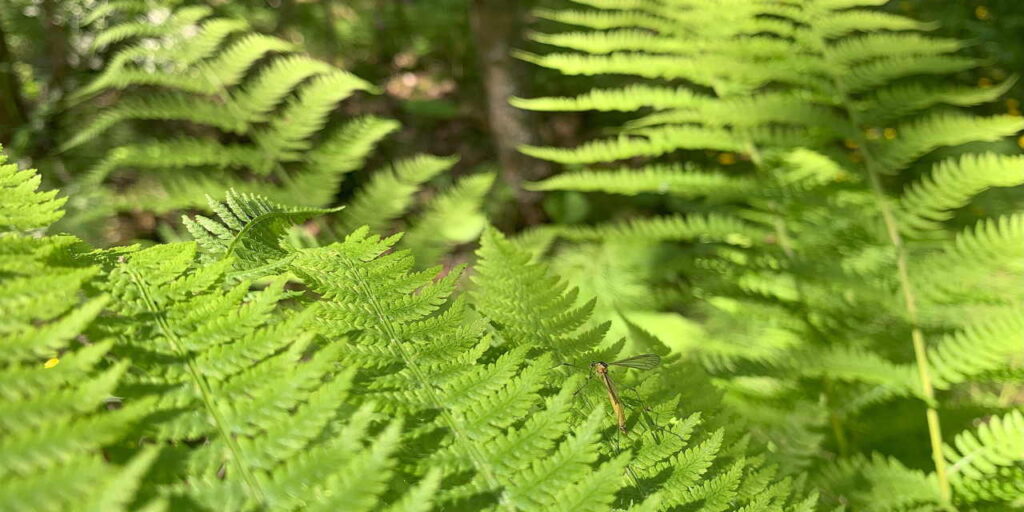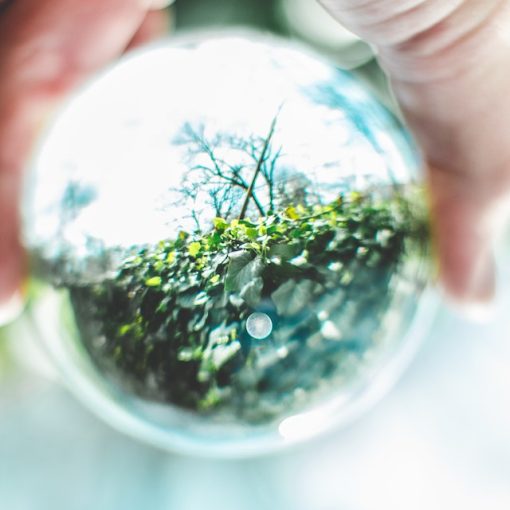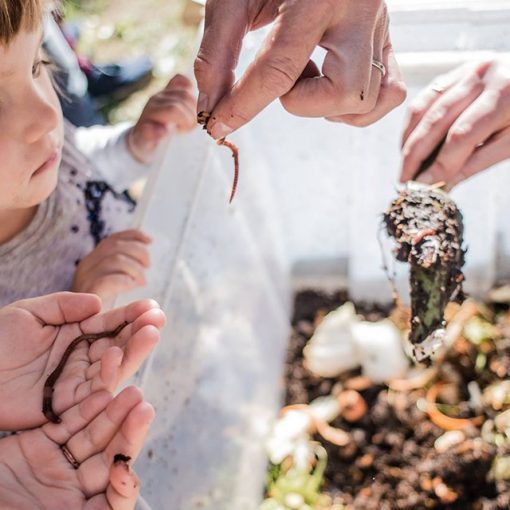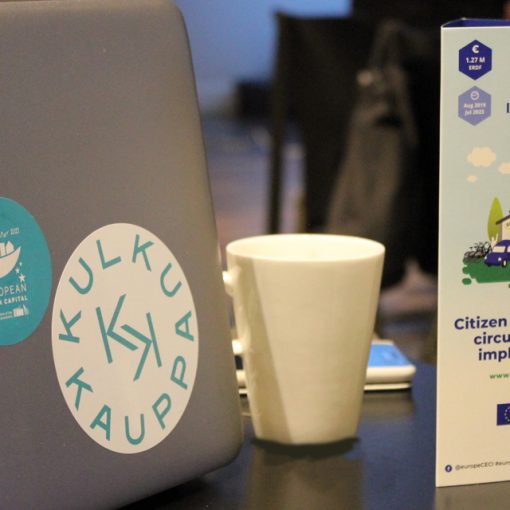Diverse nature provides us with many ecosystem services essential to humans, such as fresh air, clean water, nutrient recycling, fish, pollinators, and resources from building to medication. However, humans have used nature in an unsustainable way, and alongside climate change, biodiversity loss has become a global environmental crisis. Globally about one-third of biodiversity has been lost due to human activities, and up to one million species are threatened with extinction. (Suomen ympäristökeskus 2025a.) In Finland, 300 species have been lost, 12 per cent of species are threatened, and almost half of the habitat types are considered threatened (Suomen ympäristökeskus 2025a, Suomen ympäristökeskus 2025b).
In southern Finland, biodiversity loss is progressing rapidly. The main reasons for biodiversity loss are the loss and fragmentation of habitats; the disappearance of open traditional (agricultural/pasture) environments created by human activity and forest use and management. (Rassi ym. 2010.) In South Karelia, there is a lot of forest industry, which puts a lot of pressure on forest use. Instead of old and diverse forests, in South Karelia the forests are young and managed (Vuori 2021). Only 1 per cent of the forests in South Karelia are protected (European Green Belt 2025).
Another factor contributing to the endangerment of species is climate change. Due to climate change, the climate will get warmer in southern Finland in the summertime and especially in the wintertime. Precipitation has already increased and will increase. This is causing changes in the habitats of species, pushing species accustomed to northern conditions further north. At the same time, alien species from southern Europe are spreading to Finland. Securing biodiversity strengthens the ability of forests and other ecosystems to adapt to changes in climate and environment, and, for example, reduces the vulnerability of forests to individual insect pests (Metsäkeskus 2025).

Municipalities affect biodiversity in many ways, directly and indirectly. A municipality is the owner of land and often also forests, for which it orders services. The municipality makes purchases that have an impact on nature, either in its own area or elsewhere. In addition, the municipality has the opportunity to guide, for example, schoolchildren and leisure time. As direct biodiversity actions, municipalities can for example ensure the preservation of green connections in zoning, implement wetlands for stormwater management, restore habitats, protect forests and remove invasive species. (Vuori 2021.)
Biodiversity pops up as part of climate adaptation workshops
LAB University of Applied sciences’ project “Adapting to Climate Change in South Karelia” focuses on climate change adaptation in municipalities and companies, but can’t forget the connection between biodiversity loss and climate change. Neither can the municipalities of South Karelia. In spring 2025, the project organized adaptation workshops for the small municipalities of South Karelia. The discussions in the workshops and the collected feedback showed that the municipalities are concerned with and interested in biodiversity, the adaptation of water systems and forest, biodiversity topics overall, stormwater management, and invasive species.
Adapting to Climate Change in South Karelia project will tackle these notified challenges by organizing information sessions online, where specialists will tell about the current theme, and one municipality will share a concrete example about their biodiversity or adaptation work related to the theme. During the adaptation workshops, the project was told that the municipalities miss examples from other municipalities to make biodiversity and adaptation work more visible and reachable. Also, the project has planned to have a provincial climate security workshop related to forests later this year. Workshops related to applying for funding for biodiversity work are also planned for spring 2026, to be held together with other actors in the region.
Author
Kaisa Tuominen works as an RDI specialist at LAB University of Applied Sciences and acts as the project manager for the Adapting to Climate Change in South Karelia project.
References
Suomen ympäristökeskus. 2025a. Luonnon monimuotoisuus. Cited 19 Jun 2025. Available at https://www.ymparisto.fi/fi/luonto-vesistot-ja-meri/luonnon-monimuotoisuus
Suomen ympäristökeskus. 2025b. Nature in Finland. Cited 19 Jun 2025. Available at https://www.ymparisto.fi/en/state-environment/nature
Vuori, A. 2021. Lappeenrannan luonnon monimuotoisuus. Lappeenrannan seudun ympäristötoimi. Cited 19 Jun 2025. Available at https://lappeenranta.fi/media/Ymp%C3%A4rist%C3%B6toimi/Tiedostot/Selvitys%20Lappeenrannan%20luonnon%20monimuotoisuudesta.pdf
Rassi, P., Hyvärinen, E., Juslén, A. & Mannerkoski, I. (eds.). 2010. Suomen lajien uhanalaisuus – Punainen kirja 2010. Helsinki: Ympäristöministeriö & Suomen ympäristökeskus. Cited 19 Jun 2025. Available at http://hdl.handle.net/10138/299499
European Green Belt. 2025. Preserving highly biodiverse boreal forests in South Karelia in Finland. Cited 19 Jun 2025. Available at https://www.europeangreenbelt.org/bestbelt/projects-call2-03
Metsäkeskus. 2025. Ilmastokestävä metsänhoito. Cited 23 Jun 2025. Available at https://www.metsakeskus.fi/fi/metsan-kaytto-ja-omistus/metsanhoito-ja-hakkuut/ilmastokestava-metsanhoito




